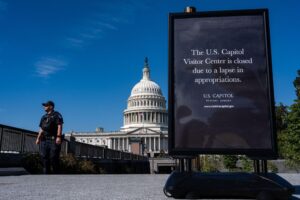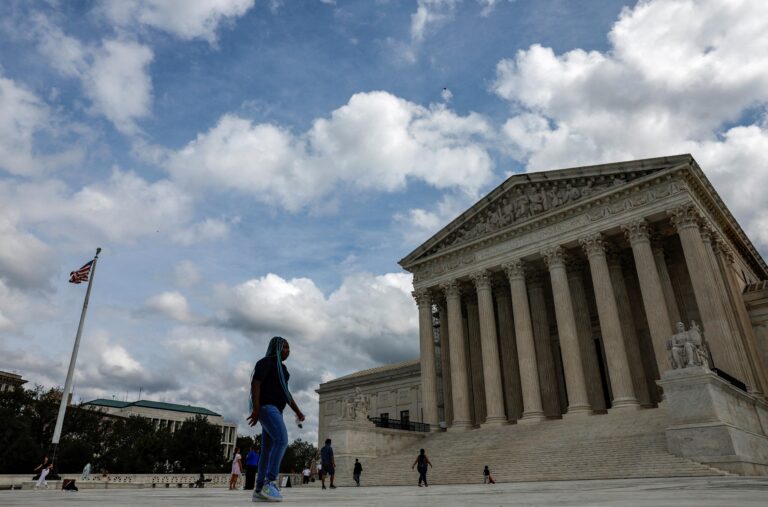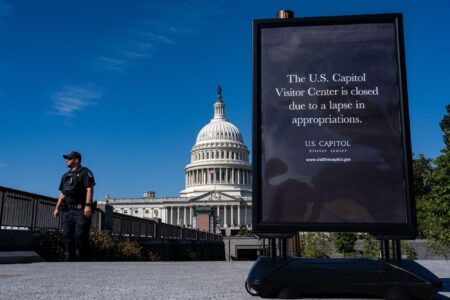Supreme Court Decision Enhances Legal Safeguards for Students with Disabilities
Groundbreaking Supreme Court Verdict Strengthens Disability Rights in Education
The U.S. Supreme Court has recently delivered a pivotal judgment that significantly lowers the hurdles for students with disabilities seeking legal remedies against educational institutions for discriminatory treatment. This ruling broadens the scope of what qualifies as reasonable accommodations under federal disability statutes, emphasizing schools’ duty to foster inclusive learning environments. Legal analysts anticipate this change will catalyze an increase in lawsuits as families and advocacy organizations gain stronger leverage in challenging insufficient support and accessibility shortcomings in schools.
Notable elements of the ruling include:
- Broadened interpretation of discrimination to encompass systemic and subtle obstacles, beyond just explicit exclusion.
- Reduced evidentiary burden for plaintiffs to demonstrate schools’ failure to provide adequate accommodations.
- Heightened accountability requirements compelling schools to thoroughly document and justify accommodation decisions.
This landmark decision signals an urgent need for educational institutions nationwide to reevaluate their disability support frameworks. Schools are now under increased scrutiny, prompting administrators to enhance training, policies, and services proactively to mitigate legal risks.
| Aspect | Prior to Ruling | Post-Ruling |
|---|---|---|
| Discrimination Definition | Limited to overt exclusion | Expanded to include systemic barriers |
| Proof Requirements | High threshold to establish discrimination | Lowered threshold, facilitating claims |
| School Responsibility | Minimal documentation needed | Comprehensive documentation and justification required |
Repercussions for School Districts: Policy Revisions and Accommodation Enhancements
Across the country, school districts are now compelled to strengthen their disability accommodation policies in response to the new legal landscape. The ruling underscores the necessity for heightened transparency and accountability, making it easier for students to challenge discriminatory practices. Administrators must ensure that Individualized Education Programs (IEPs) and Section 504 plans are not only compliant with legal standards but are also effectively executed to prevent litigation.
To align with these expectations, districts are likely to implement measures such as:
- Mandatory disability awareness and sensitivity training for all educators and staff.
- Streamlined procedures for prompt handling of accommodation requests and grievances.
- Centralized systems for tracking accommodation plans and follow-up actions.
These initiatives aim to foster equitable educational experiences while minimizing legal exposure.
| Policy Focus | Proposed Enhancements | Anticipated Benefits |
|---|---|---|
| IEP Oversight | More rigorous evaluation criteria | Enhanced individualized support |
| Staff Development | Annual mandatory training sessions | Increased compliance and awareness |
| Complaint Resolution | Accelerated response timelines | Lowered risk of legal disputes |
Legal Counsel Recommendations: Strengthening Compliance and Training
Following the Supreme Court’s decision, legal experts advise educational leaders to conduct thorough reviews of their current policies and training programs related to disability discrimination. Ensuring that compliance mechanisms are robust and reflect the latest judicial interpretations is critical to reducing litigation risks. Regular audits and updates to training content—covering both legal mandates and inclusive best practices—are essential to safeguarding the rights of students with disabilities.
Key guidance for school administrators includes:
- Ongoing professional development: Continuous education on disability rights and unconscious bias mitigation.
- Policy modernization: Revising nondiscrimination policies to align with the new legal framework.
- Documentation standards: Implementing clear protocols for recording accommodations and complaint responses.
- Legal collaboration: Engaging with attorneys regularly to interpret evolving case law and adjust policies accordingly.
| Recommended Action | Objective | Review Frequency |
|---|---|---|
| Training Program Updates | Keep staff current on rights and responsibilities | Twice yearly |
| Policy Audits | Maintain legal compliance | Annually |
| Complaint Documentation Reviews | Evaluate effectiveness of responses | Quarterly |
Proactive Approaches for Educators to Cultivate Inclusivity and Minimize Discrimination Risks
Educators play a crucial role in fostering an inclusive atmosphere that respects and supports students with disabilities. Implementing comprehensive training programs that focus on recognizing diverse needs, addressing implicit biases, and applying legal standards is vital. Regular workshops and resource-sharing sessions can equip school personnel to identify and resolve potential issues before they escalate into formal complaints.
Additionally, schools should establish open communication channels among students, families, and administrators to build trust and promptly address concerns. Creating dedicated inclusion coordinators or committees responsible for monitoring accommodation requests and facilitating swift resolutions can further reduce the likelihood of discrimination claims.
| Initiative | Expected Benefit |
|---|---|
| Focused Disability Awareness Training | Enhanced understanding and reduced bias among staff |
| Clear Procedures for Accommodation Requests | Timely and equitable responses to student needs |
| Routine Policy Evaluations | Ensured legal compliance and minimized liability |
| Engagement Programs for Students and Families | Strengthened relationships and early issue identification |
Looking Ahead: Navigating the Future of Disability Rights in Education
The Supreme Court’s recent ruling represents a transformative moment in the protection of disability rights within the educational system, empowering students to hold schools accountable for discriminatory conduct. As this precedent reshapes the legal environment, educators, administrators, and policymakers must carefully adapt to ensure compliance while continuing to provide meaningful support to students with disabilities. The full ramifications of this decision will become clearer over time as new cases test the limits of schools’ responsibilities under disability law.







